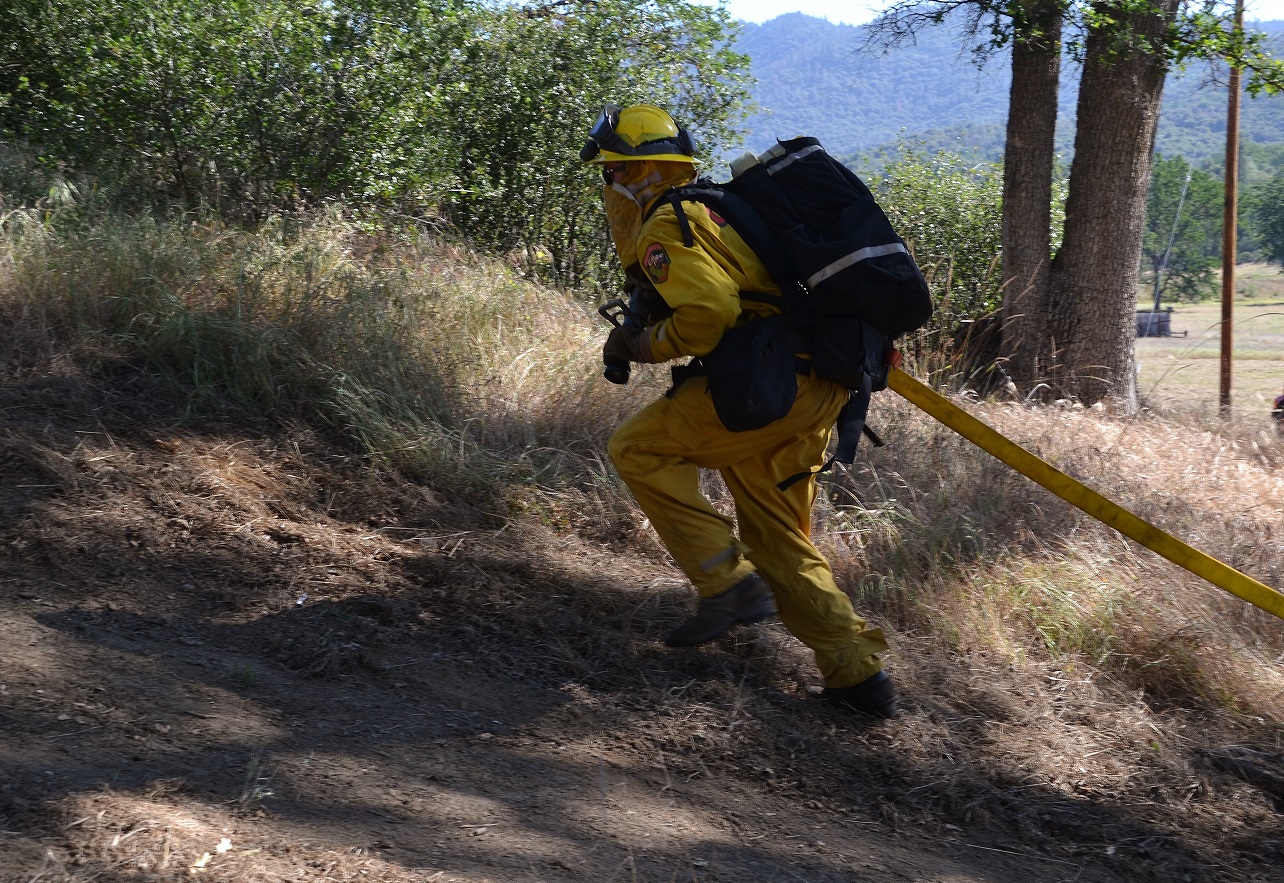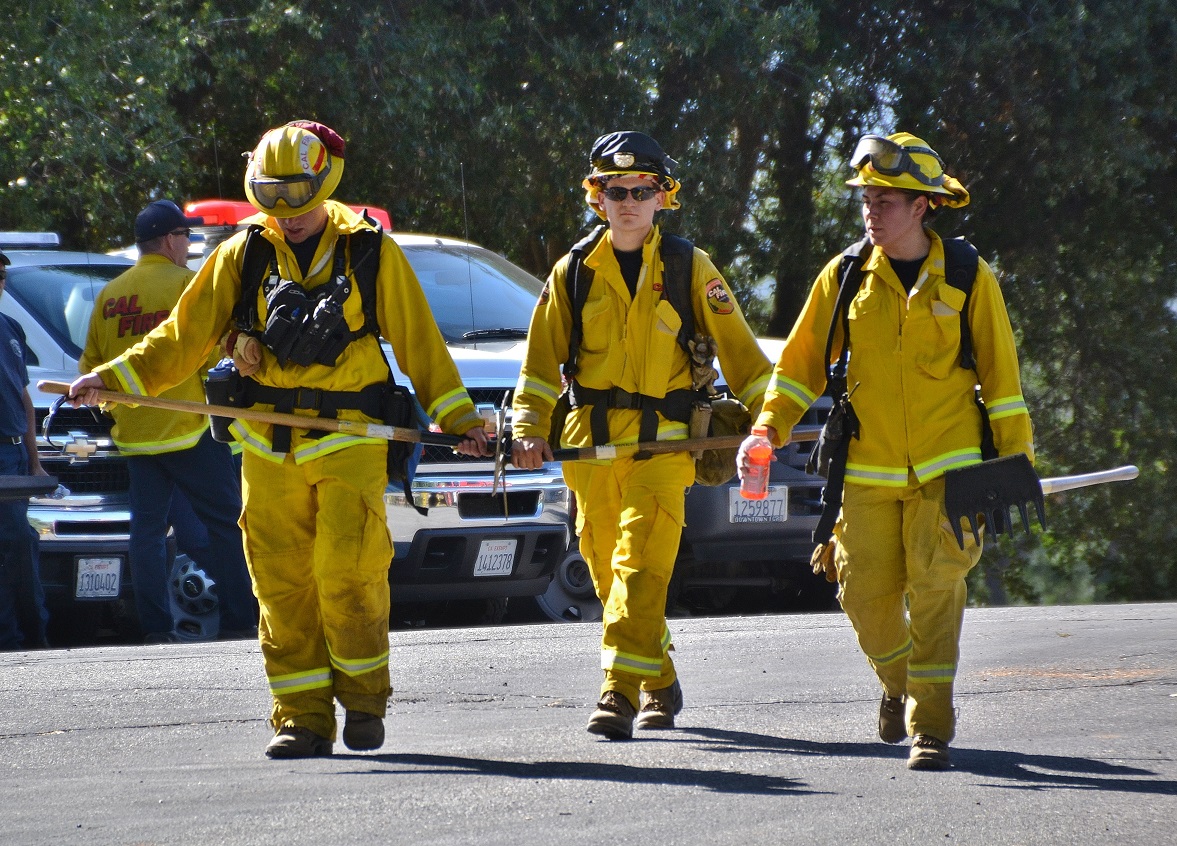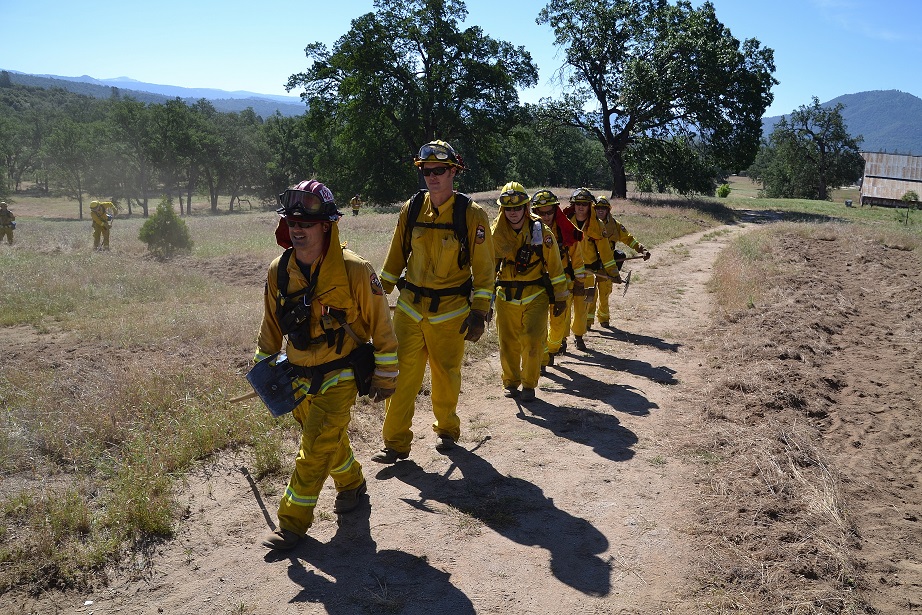AHWAHNEE – As residents prepare for what is sure to be a challenging fire season, knowing what firefighters need in order to defend their homes may prove invaluable.
Over two days last week, the men and women tasked with that crucial job were put through their paces during training drills at Ahwahnee Hills Regional Park.
Each year, crews are presented with scenarios that allow them to hone their skills, practice working as a team, refine communications and answer the question, “What would you do?” in various wildland fire situations.
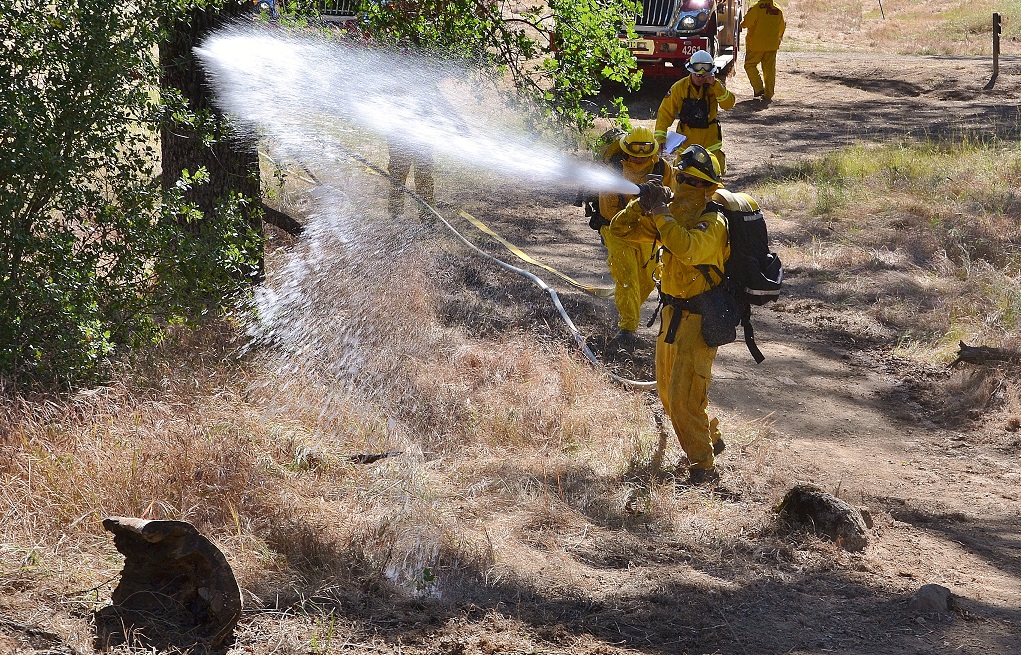 Last week, 114 firefighters started their day of training with a 3 1/2-mile hike in full gear, then moved on to running hose lays up a steep hill, and cutting fireline through tall vegetation.
Last week, 114 firefighters started their day of training with a 3 1/2-mile hike in full gear, then moved on to running hose lays up a steep hill, and cutting fireline through tall vegetation.
Perhaps the most enlightening for the general public was an exercise on preparing and defending structures against approaching wildfire. Understanding “Structure Triage,” and what goes into this process can help residents ensure that their home is one that can be defended.
When crews roll up on a threatened structure, their first job is to rapidly determine whether or not the home can, in fact, be safely and successfully defended. How you have prepared your space will greatly impact that decision-making, and may be the difference between allowing them to stay and fight, or be left with no choice but to move on.
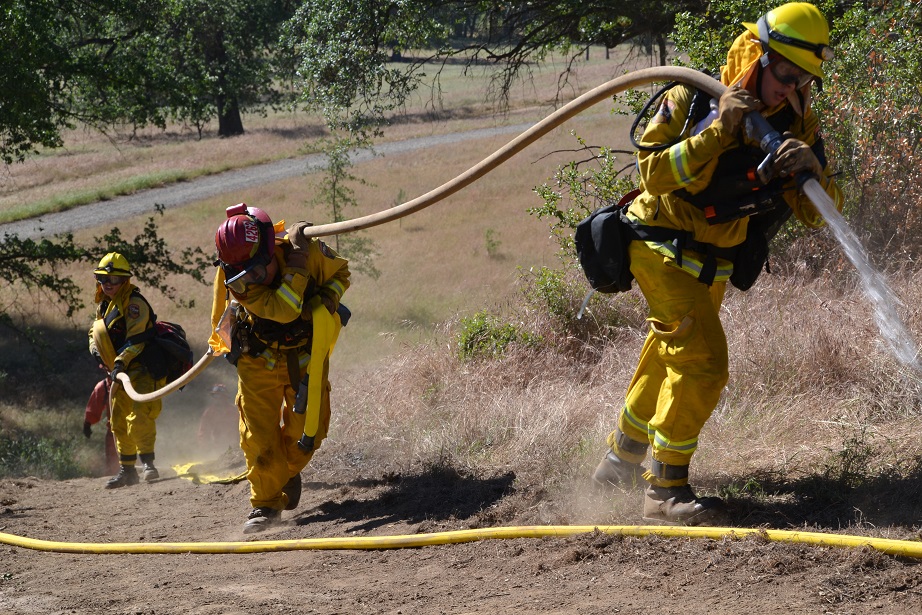 The first thing firefighters will ask themselves is, “Can I survive here?” If the answer is no, their training tells them to leave immediately.
The first thing firefighters will ask themselves is, “Can I survive here?” If the answer is no, their training tells them to leave immediately.
While wind conditions and fire behavior are beyond your control, there are many things you can do to keep firefighters safe and make your home defensible.
Is your driveway free of obstructions that may keep the large engines from being able to access your home? Is there room for them to stage and to turn around? Does the condition of your road allow for quick and safe escape should the fire situation change?
Have you cleared defensible space around your home, removing dead grass and brush, and limbing up trees to eliminate ladder fuels that allow fire to travel up into the crowns of trees?
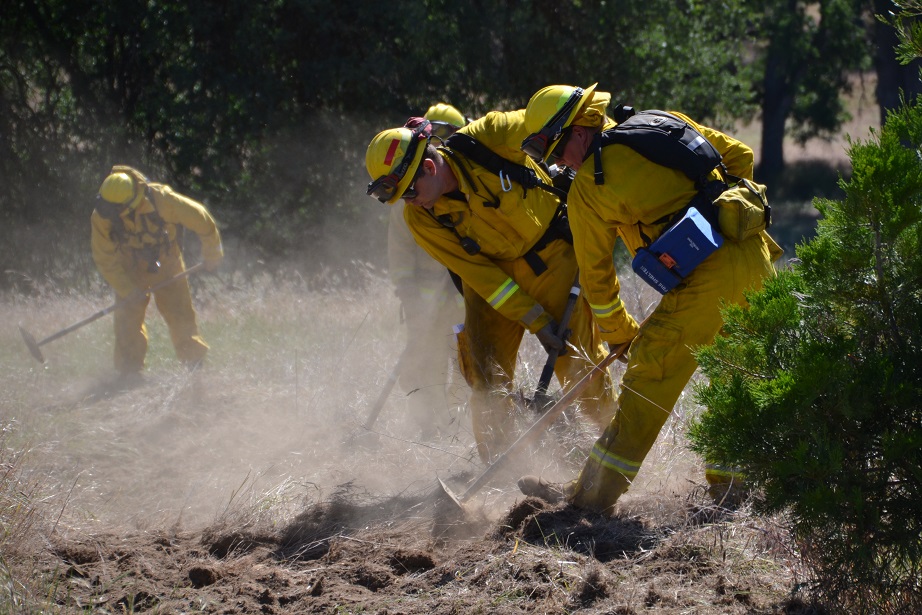 Is there debris, yard clutter or piles of building materials that would provide fuel and compromise firefighter safety? Are there low-hanging power lines or hazardous materials?
Is there debris, yard clutter or piles of building materials that would provide fuel and compromise firefighter safety? Are there low-hanging power lines or hazardous materials?
Do you have wood shake shingles? Have you screened your attic and foundation vents to prevent embers from getting in and igniting?
Is there easy access for gas and propane to be shut off? What about your HVAC system?
Finally, is there clear and ready access to water?
Structure triage must be done quickly, and what firefighters find when they roll up to your home will determine whether they can stay and fight, or will be left with no choice but to retreat.
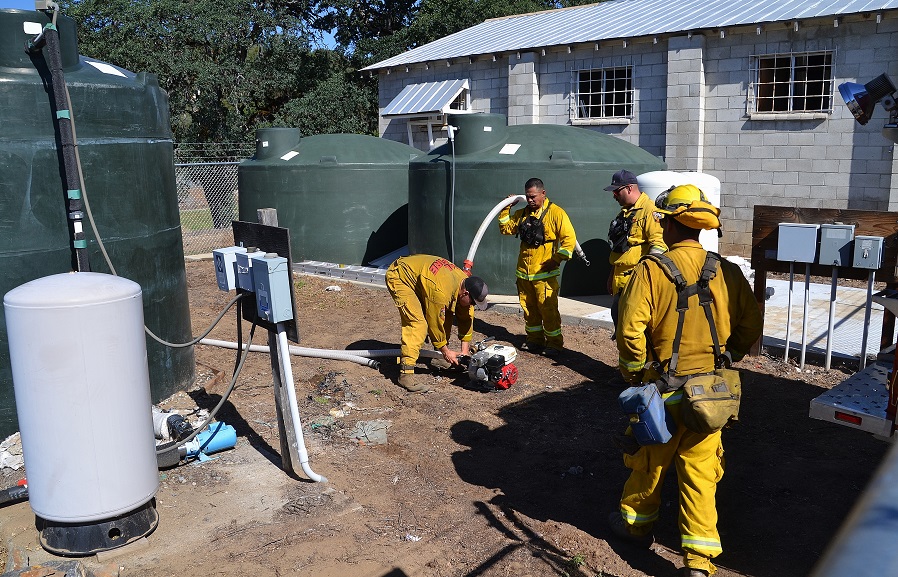 Another exercise for crews during last week’s training drill was determining how they will access water. If you live in an area where there are no hydrants, you will have a water tank and that tank should have a 2 1/2-inch connection – known as a fire department connection – to which firefighters can quickly attach a hose. That will take only moments to accomplish.
Another exercise for crews during last week’s training drill was determining how they will access water. If you live in an area where there are no hydrants, you will have a water tank and that tank should have a 2 1/2-inch connection – known as a fire department connection – to which firefighters can quickly attach a hose. That will take only moments to accomplish.
However, if you don’t have that connection, they will have to get a ladder, climb to the top of the tank, drop a hose, connect to more hose, attach it to a pump, and pump out water at a much slower rate, all the while a fire is raging.
“This exercise was targeted at practicing alternative ways to draft water out of the top access to the storage tanks using portable pumps and other methods,” said Karen Guillemin-Kanawyer, Cal Fire Prevention Specialist. “By far the fastest way to access the water is if the tank has a 2 1/2-inch fire hose connection already installed. The seconds and minutes saved by having this water accessible and near your home, can make all the difference when it comes to defending your home or stopping a fire in your home.”
Most engines hold 500 gallons of water, just 20 percent of what is contained in a standard home tank. Having readily accessible water is crucial to making your home defensible.
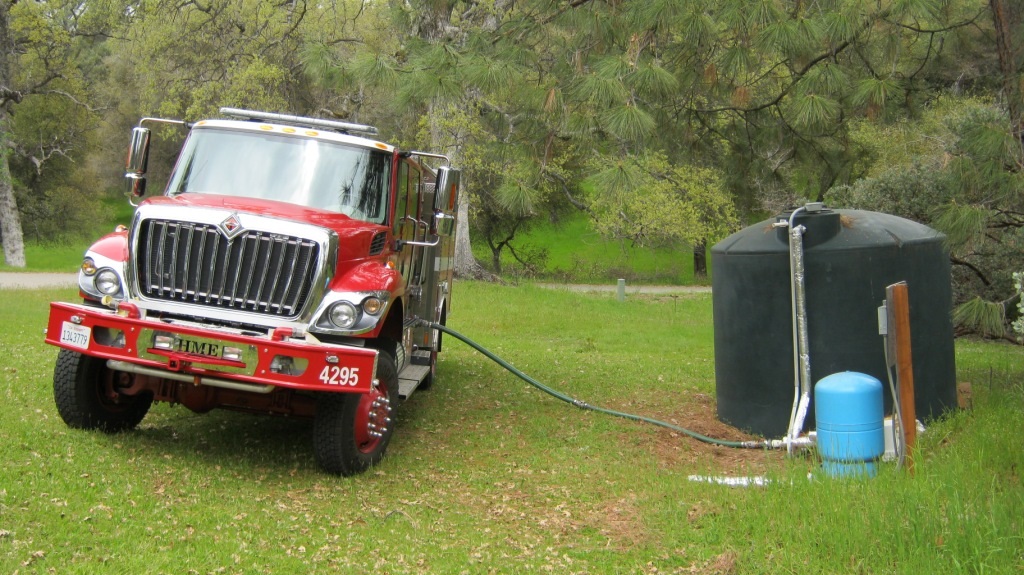 Many water storage tanks have been installed without the 2 1/2-inch fire hose connection. In 1991, PRC 4290 added requirements that all new construction in the SRA (State Responsibility Area) have water storage or access to water on site, and it must be accessible for fire apparatus. Cal Fire is making a point of communicating to owners of these older tanks that it is their best interest to add a fire hose connection to their tank.
Many water storage tanks have been installed without the 2 1/2-inch fire hose connection. In 1991, PRC 4290 added requirements that all new construction in the SRA (State Responsibility Area) have water storage or access to water on site, and it must be accessible for fire apparatus. Cal Fire is making a point of communicating to owners of these older tanks that it is their best interest to add a fire hose connection to their tank.
“With the right connections, your well water storage tank can become another source of water for a fire engine,” says Guillemin-Kanawyer. “This can be important due to the great distances between fire stations. You can contact your local well system company for installation of the correct connections. A general estimated cost, depending on your tank needs, is between $200-$500. Something important to think about doing.”
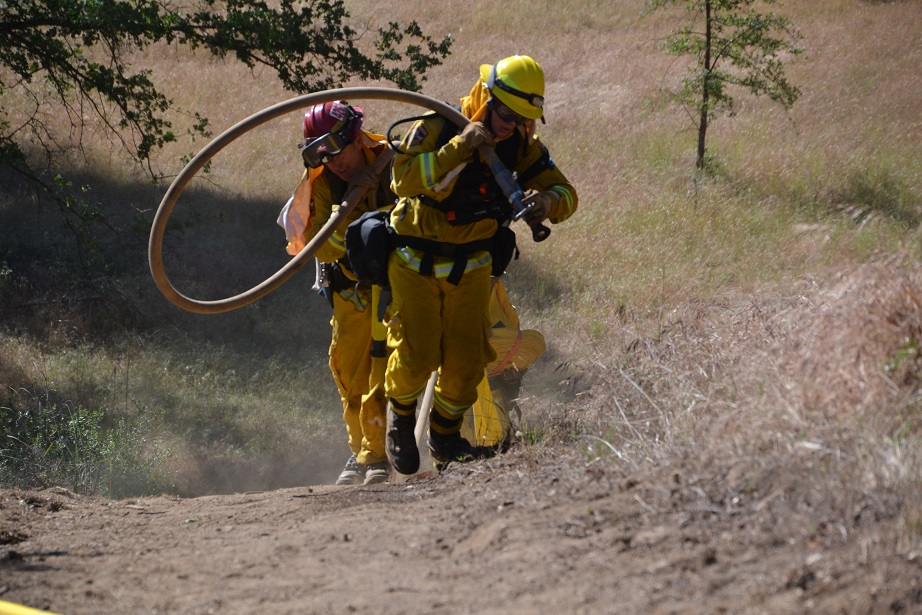 Everyone appreciates our brave firefighters, and is quick to thank them after heroic efforts to save life and property. Preparing in advance to ensure their safety is likely the greater gift, and may well allow them to save your home.
Everyone appreciates our brave firefighters, and is quick to thank them after heroic efforts to save life and property. Preparing in advance to ensure their safety is likely the greater gift, and may well allow them to save your home.
Remember, to a fire, your home is fuel. To learn how you can harden your home against wildfire, visit firewisemaderacounty.org.
To learn more about California Fire Safe Regulations, click here.
Wildfire is coming. Are you ready? Visit Cal Fire’s website for more information at http://www.readyforwildfire.org
For more information on Structure Triage, click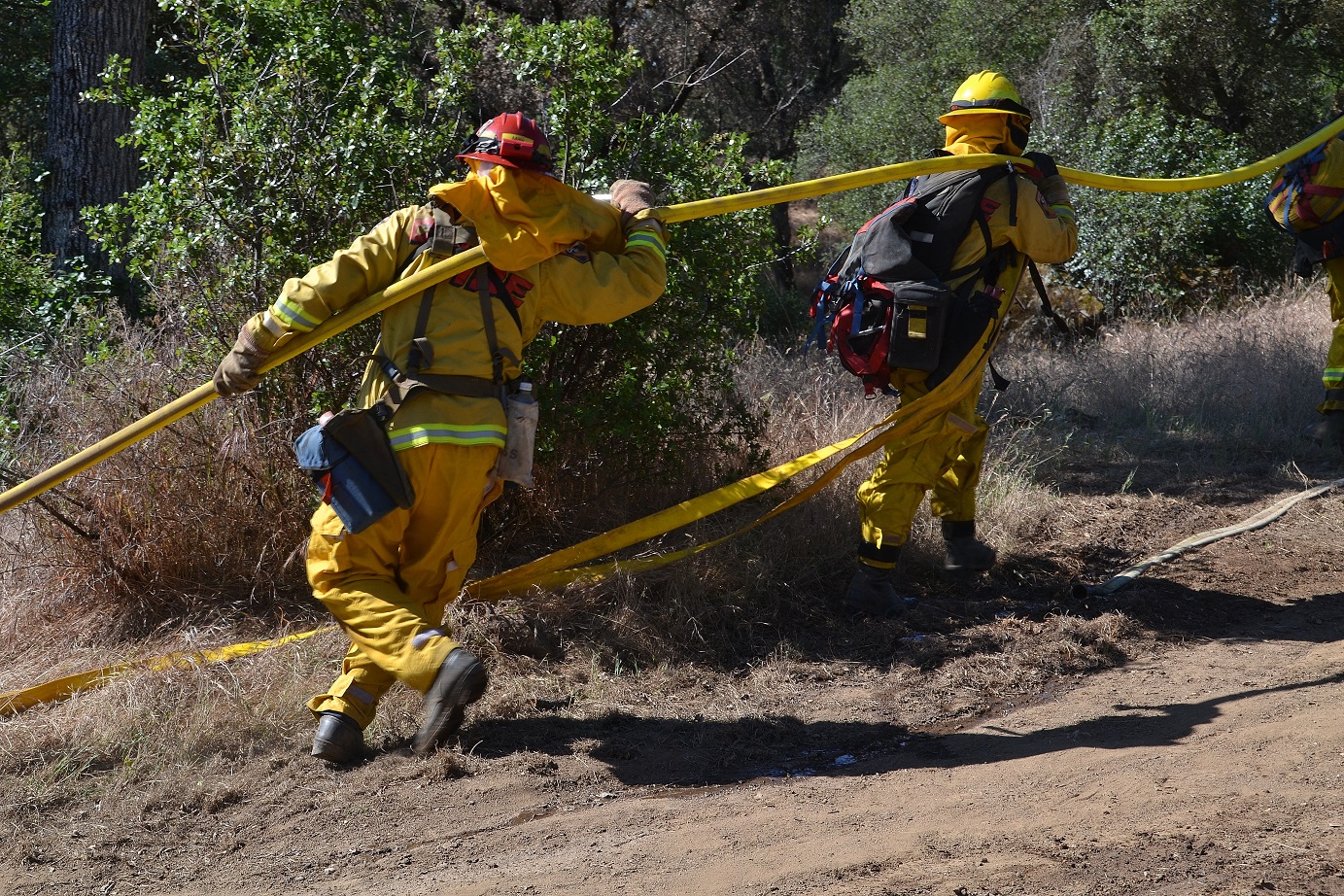 here.
here.
